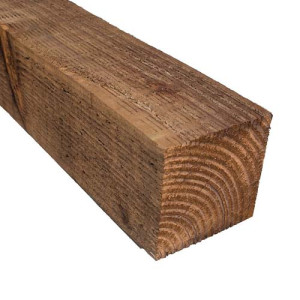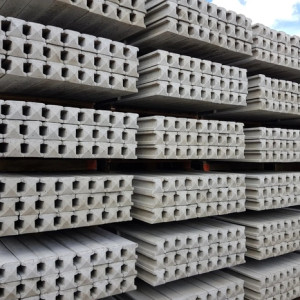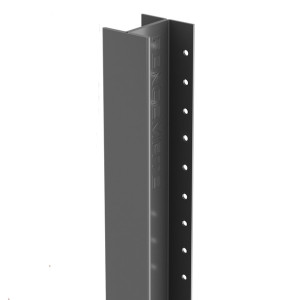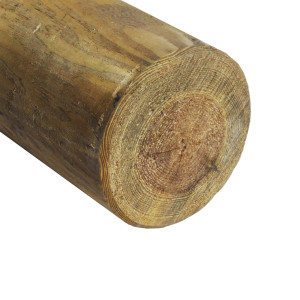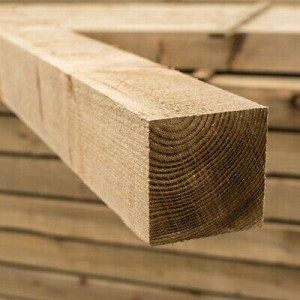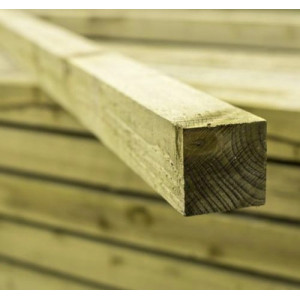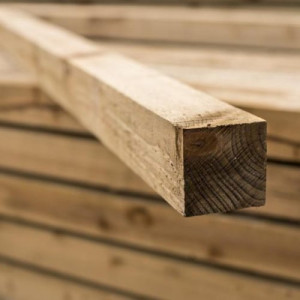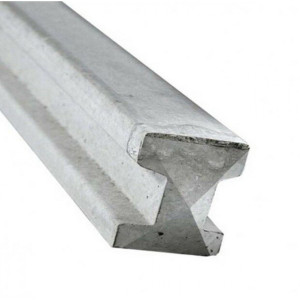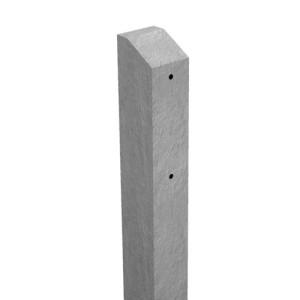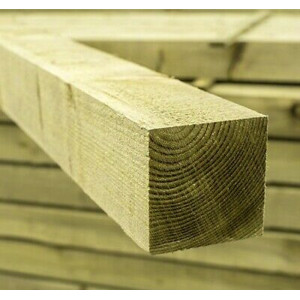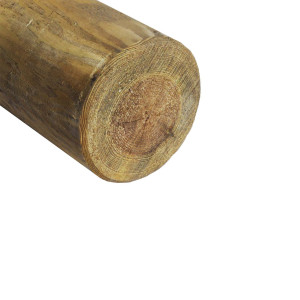Your Cart
x
Fence Posts
Explore our diverse selection of fence posts, designed to meet the needs of any garden or outdoor project. Focusing on durability and longevity, our range includes concrete, wooden, metal, and machine round options. Each post is crafted from high-quality materials and is pressure-treated to withstand the elements, ensuring your fence stands strong year after year.
Whether you're constructing a new boundary, adding to an existing garden fence, or undertaking a bespoke project, our fence posts provide the perfect foundation. Choose from our variety to achieve both functionality and aesthetic appeal in your outdoor space.
Subcategories
Introducing our 6FT 4"x4" Wooden Fence Post (1.8M x 100x100MM) – the ideal solution for anyone looking to secure their garden, enhance privacy, or simply add a touch of rustic charm to their outdoor space. As a proud supplier of high-quality Wooden Fence Posts, we ensure that our products are not on..
£13.95
Ex Tax:£11.63Introducing our 6FT 3"x3" Wooden Fence Post (1.8M x 75x75MM), the ideal solution for all your fencing needs. Crafted with the finest timber produced in Ireland, these Wooden Fence Posts are designed to be both durable and aesthetically pleasing, serving as a natural-looking alternative to common con..
£7.95
Ex Tax:£6.63Introducing our 6FT 3"x3" Wooden Fence Post (1.8M x 75x75MM), the ideal solution for all your fencing needs. Crafted with the finest timber produced in Ireland, these Wooden Fence Posts are designed to be both durable and aesthetically pleasing, serving as a natural-looking alternative to common con..
£7.95
Ex Tax:£6.63Introducing our 8FT 4"x4" Wooden Fence Post (2.4M x 100x100MM) – the ideal solution for anyone looking to secure their garden, enhance privacy, or simply add a touch of rustic charm to their outdoor space. As a proud supplier of high-quality Wooden Fence Posts, we ensure that our products are not on..
£18.95
Ex Tax:£15.79Introducing our 10FT 3"x3" Wooden Fence Post (3.0M x 75x75MM), the ideal solution for all your fencing needs. Crafted with the finest timber produced in Ireland, these Wooden Fence Posts are designed to be both durable and aesthetically pleasing, serving as a natural-looking alternative to common co..
£12.95
Ex Tax:£10.79Introducing our 8FT 3"x3" Wooden Fence Post (2.4M x 75x75MM), the ideal solution for all your fencing needs. Crafted with the finest timber produced in Ireland, these Wooden Fence Posts are designed to be both durable and aesthetically pleasing, serving as a natural-looking alternative to common con..
£10.95
Ex Tax:£9.13Our 8FT Concrete Intermediate Fence Post (2.4M) is a top-quality product, designed to provide a strong and durable support for your fence panels. Made from high-quality wet cast concrete and reinforced with steel, these concrete posts can withstand harsh weather conditions and long-term use without ..
£29.95 £34.95
Ex Tax:£24.96Introducing our 8FT 3"x3" Wooden Fence Post (2.4M x 75x75MM), the ideal solution for all your fencing needs. Crafted with the finest timber produced in Ireland, these Wooden Fence Posts are designed to be both durable and aesthetically pleasing, serving as a natural-looking alternative to common con..
£10.95
Ex Tax:£9.13Like all of our concrete products, this concrete repair spur is wet cast and steel reinforced. Repair spurs are a cost effective way of repairing a broken wooden fence posts without changing the post.Bolts not included..
£22.95
Ex Tax:£19.13Introducing our 6FT 4"x4" Wooden Fence Post (1.8M x 100x100MM) – the ideal solution for anyone looking to secure their garden, enhance privacy, or simply add a touch of rustic charm to their outdoor space. As a proud supplier of high-quality Wooden Fence Posts, we ensure that our products are not on..
£13.95
Ex Tax:£11.63Like all of our concrete products, this concrete repair spur is wet cast and steel reinforced. Repair spurs are a cost effective way of repairing a broken wooden fence posts without changing the post.Bolts not included..
£25.95
Ex Tax:£21.63Introducing the KD UC4 Treated 1800MM x 73MM x 73MM Machine Round Pointed Post – the ultimate choice for all your fencing needs. Whether you're looking to secure your garden, create agricultural fencing or set boundaries for your farm fields, this versatile, high-quality wooden post has got you cove..
£12.95
Ex Tax:£10.79
